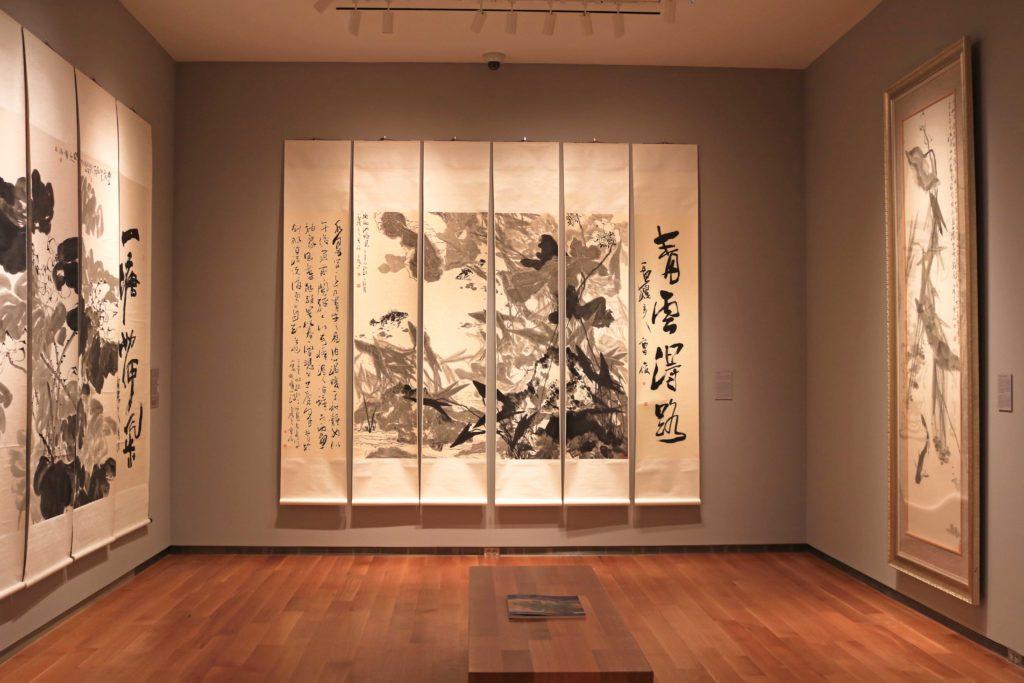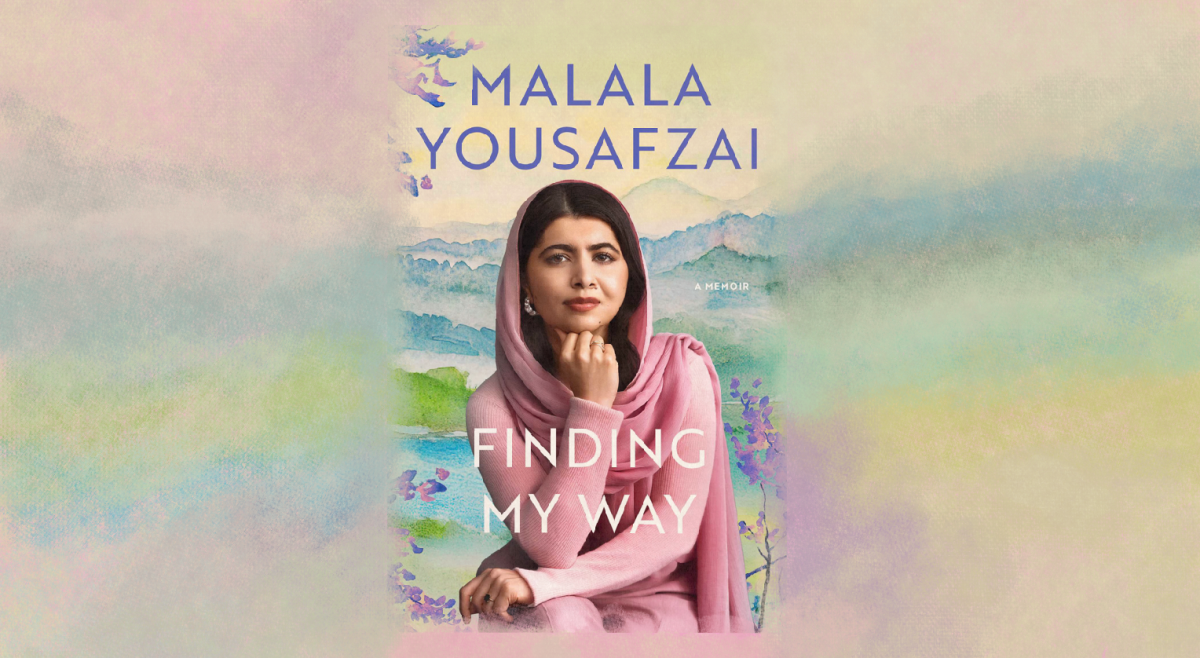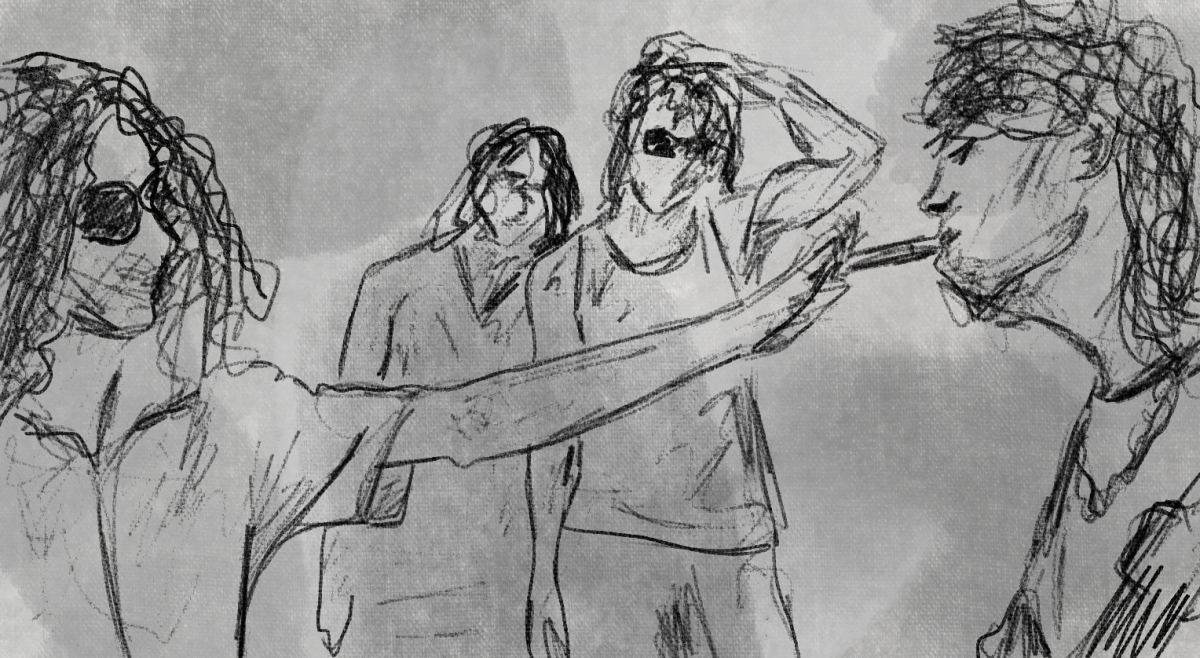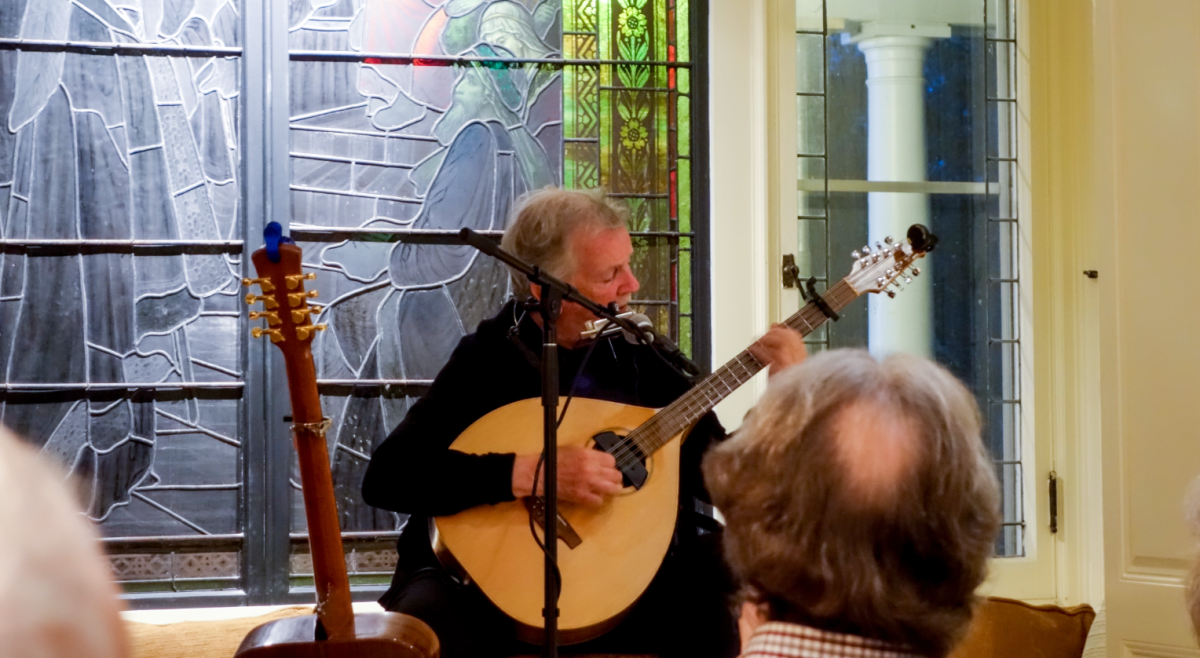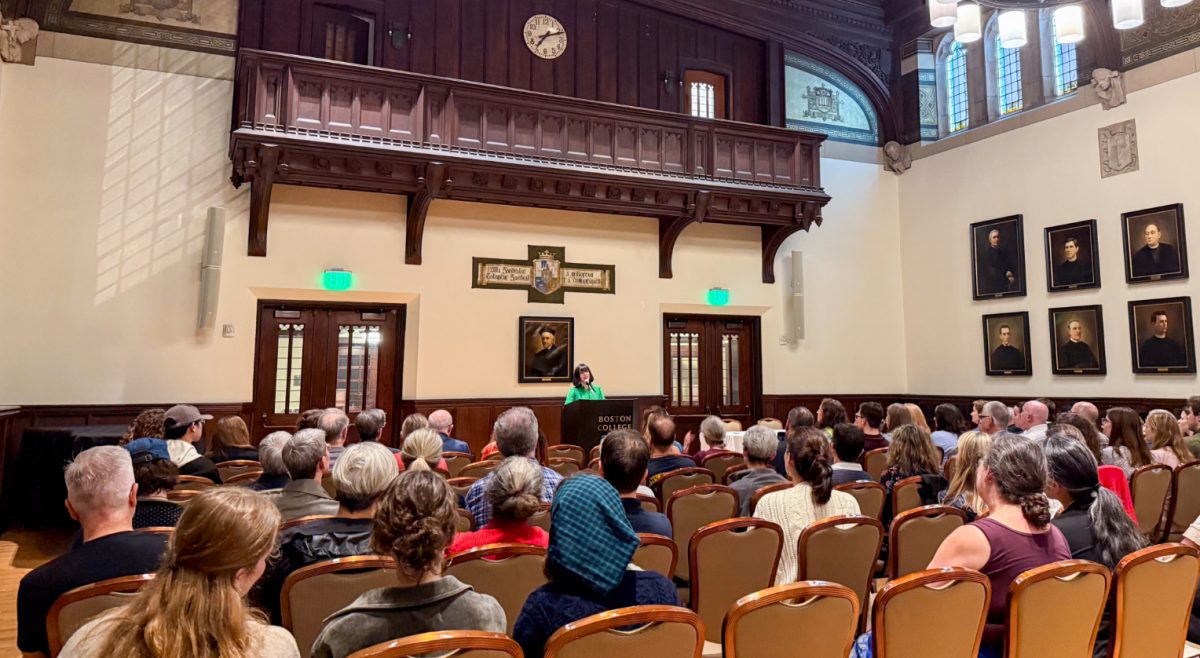In McMullen Museum of Art’s newest exhibit, Chinese artist Cao Jun modernizes traditional Chinese painting with his first exhibit in the United States: Hymns of Nature. Working with ink and watercolor, Cao Jun pays homage to his predecessors in Chinese art as well as the natural environment. As a modern romantic, nature is indispensable in Jun’s art and stands as the centerfold in his collection. In this thematically arranged exhibit, Jun explores the past and the present of Chinese painting, and brings new inspirations to an ancient art.
The gallery begins with The Spirit of Animality, a series of paintings created before and during his stay in New Zealand. The Spirit of Animality consists of lions and tigers in various poses. The paintings are all on rice paper, which Jun makes himself and which contribute to his signature painting style. The beautiful natural landscape of New Zealand inspired many of the environments in this set of paintings. Jun believed that his exodus from China was not an abandonment of Chinese art, but rather a new perspective.
The Poetics of Water is a set of five paintings all centered on the theme of water. This collection seems unrelated in style except for its common theme, but Jun believed that the viewer should look for the unity within his paintings. In addition, Jun maintained that Chinese paintings are not just copies of what we see. Although the collection seems disunited, all of the paintings have a whimsical ambiance credited to Jun’s signature irregular ink splashes.
The exhibition then opens up into a larger room housing a series of landscape and botanical paintings. Traditional Chinese landscape paintings are called “shan-shui” paintings, or “mountains and waters,” as they literally contain mountains and waters. Jun believes that Chinese painting is not only about the scenery. The artist’s understanding of the natural environment and man’s role in nature is also centered around the interpretative “shan-shui” painting. His “shan-shui” paintings are very much inspired by famous pioneers such as Li Cheng and Zhang Daqian. Jun uses ink splashes to create the distinct shapes of the landscape and convey the expression he aims to portray on the paper.
Jun’s Reflections of Autumn centers on autumnal themes: Using techniques such as gold splashing and gold sprinkling, Jun adds another dynamic to his vivid landscapes and casts a golden, autumnal hue over them. Jun’s “Botanicals” also center on ink splashes, some brightly colored and others in black and white, accompanied by lines of Chinese poetry. Text plays a great role in Jun’s painting, as many of his paintings have lines of text. Sometimes the text is ancient Chinese poetry and other times the artist’s own musings.
Calligraphy plays an important part in Jun’s paintings as well. Jun treats the art form, an important part of traditional Chinese culture, as importantly as painting itself. Jun’s porcelain pieces are also on display, colored in the traditional white and blue style.
The collection ends with his most modern installation, inspired by his recent journey to Alaska and the polar regions. He blends the traditional Chinese techniques and tools to create a whimsical, yet very modern abstract representation of the natural environment. Through splashes of color, Jun expresses the beauty and emotion of nature. The artist fuses traditional Chinese art with modern western abstraction, skillfully blending the evocative emotion within both art forms to create his own style of painting. With his solid technique and vibrant expression, Jun forges a path in new Chinese painting, bringing forth a perfect marriage of the old and the new.
Jun’s exhibit brings the viewer through different landscapes and images. Taking inspiration from both his homeland and his travels, the artist creates a vivid and refreshing picture of the natural world. His blend of traditional and modern stands at the forefront of Chinese painting, giving the ancient art form new life. Capricious at times and at others serene, Jun’s paintings guide the viewer through different places and emotions, expressing the beauty of each one.
Featured Image by Taylor Perison / For The Heights

